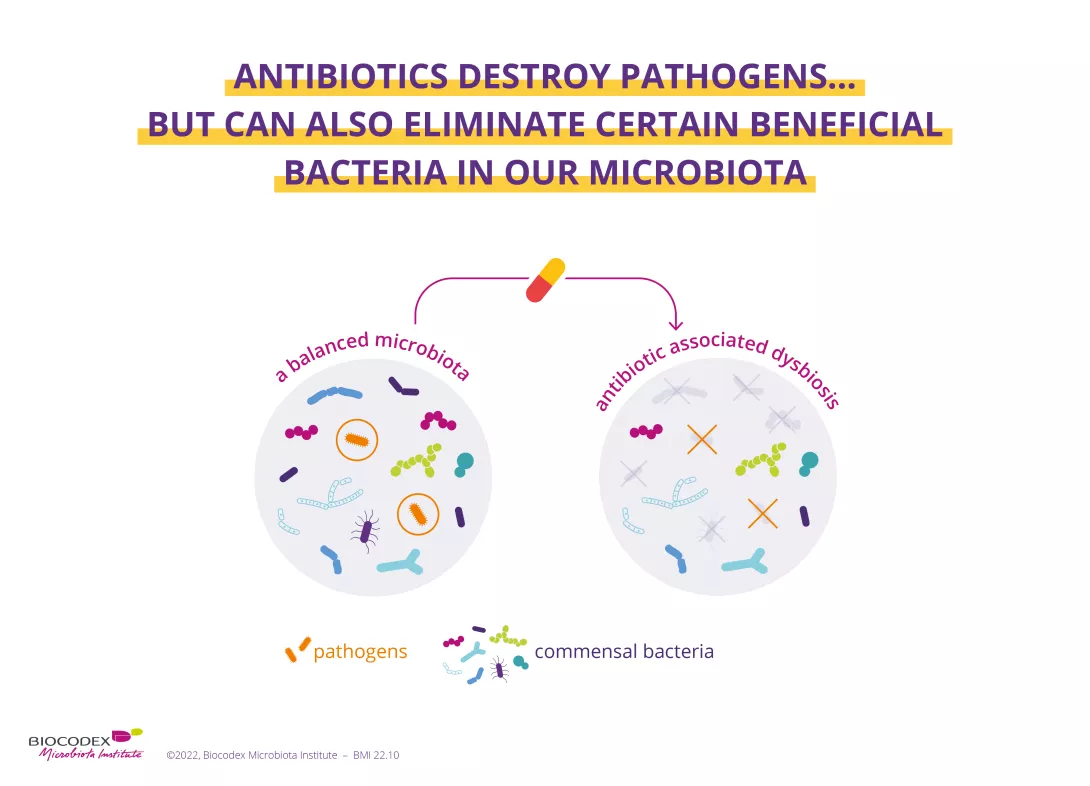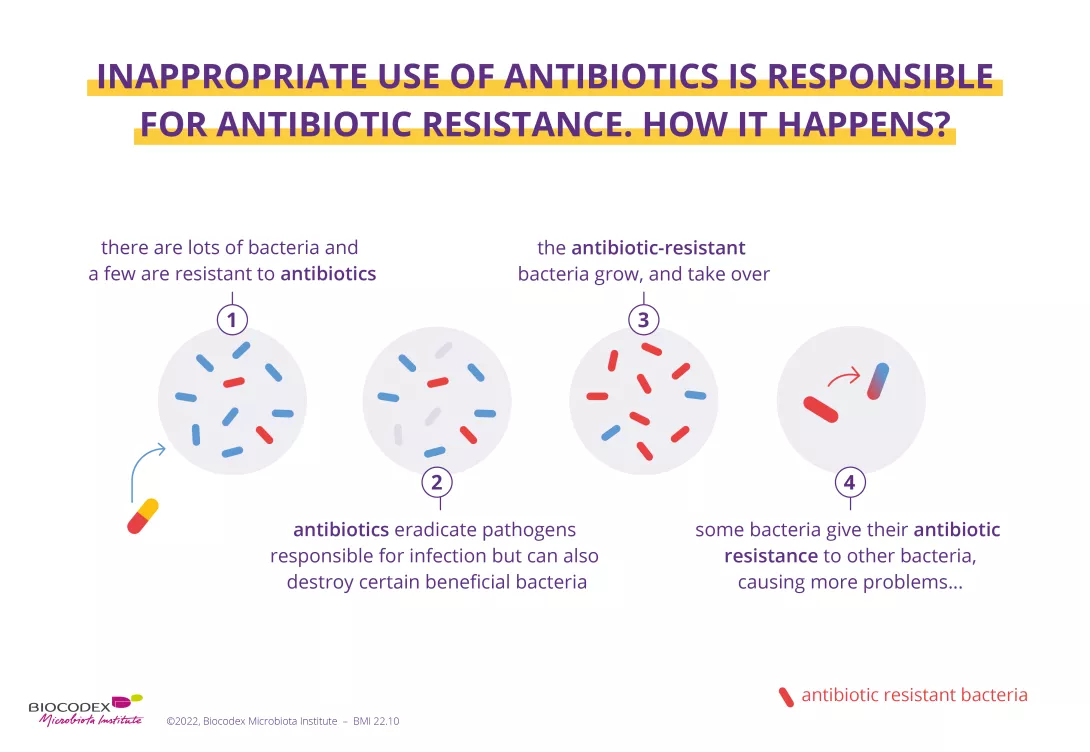This method was recently shown to be a simple and direct way to measure the gut transit time. It means how long the food takes to pass throughout our gastrointestinal tract, from eating to evacuation, and it is usually assessed to evaluate gut motility, which is a key component of gut health. In a recent study [1] by Asnicar and colleagues, published in Gut, authors evaluated the blue dye method as a marker of gut transit time, and its association with specific health markers (including stool consistency and frequency, gut microbiome composition and function, and cardiometabolic health) in 863 healthy individuals.
First, they found that harder stool consistency, measured with British Stool Chart, is associated with a longer gut transit time (>5 days median for type 1), while softer consistency corresponds to shorter gut transit time (1 day median for type 6).
Moreover, they also found that gut transit time is associated with several features of gut microbiome. Alpha diversity, which is a marker of microbial health, was positively correlated with gut transit time. Longer transit time was associated with specific microbial taxa, including Akkermansia muciniphila (a beneficial strain with favorable metabolic properties), Bacteroides spp. and Alistipes spp. Generally, gut transit time was associated with gut microbiome features more than stool consistency or stool frequency.
Finally, longer transit time was associated with visceral fat mass and postprandial lipid and glucose responses (both cardiovascular risk factors).
In conclusion, blue dye method appears to be a simple and inexpensive marker of gut transit time, which was found to be associated with markers of human health, including gut microbiome diversity and composition, and specific cardiovascular risk factors. It could be a reliable method to evaluate gut transit time when needed, i.e. in patients with constipation). The way this procedure is being diffused (viral expansion through social media) suggests that lots of patients will require this testing to physicians. As for all patient- driven examinations, I would first recommend a visit with a health professional with expertise in digestive disease to avoid the DYI approaches. Then, if the physicians confirm the need of a gut transit time test, then the blue dye method would be a reliable and cheap one.
Future evaluations, including comparisons with other methods of gut transit assessment, are needed to confirm these results and allow a large-scale positioning of this tool into the diagnostic armamentarium of GI and nutritional disorders.





































